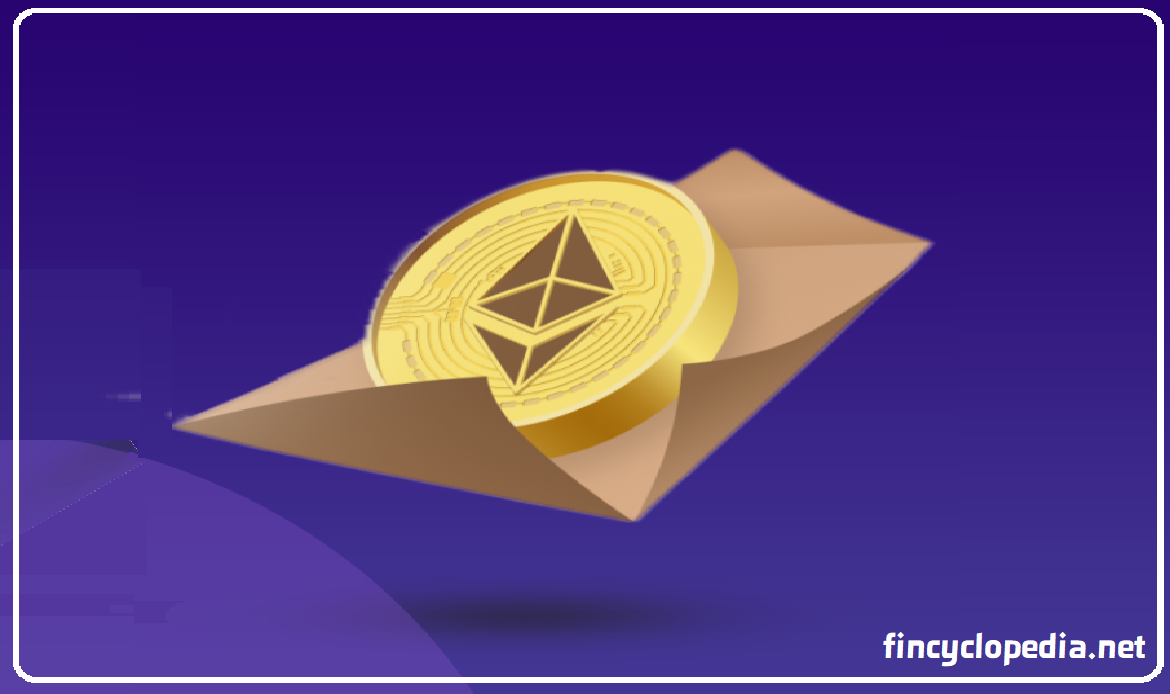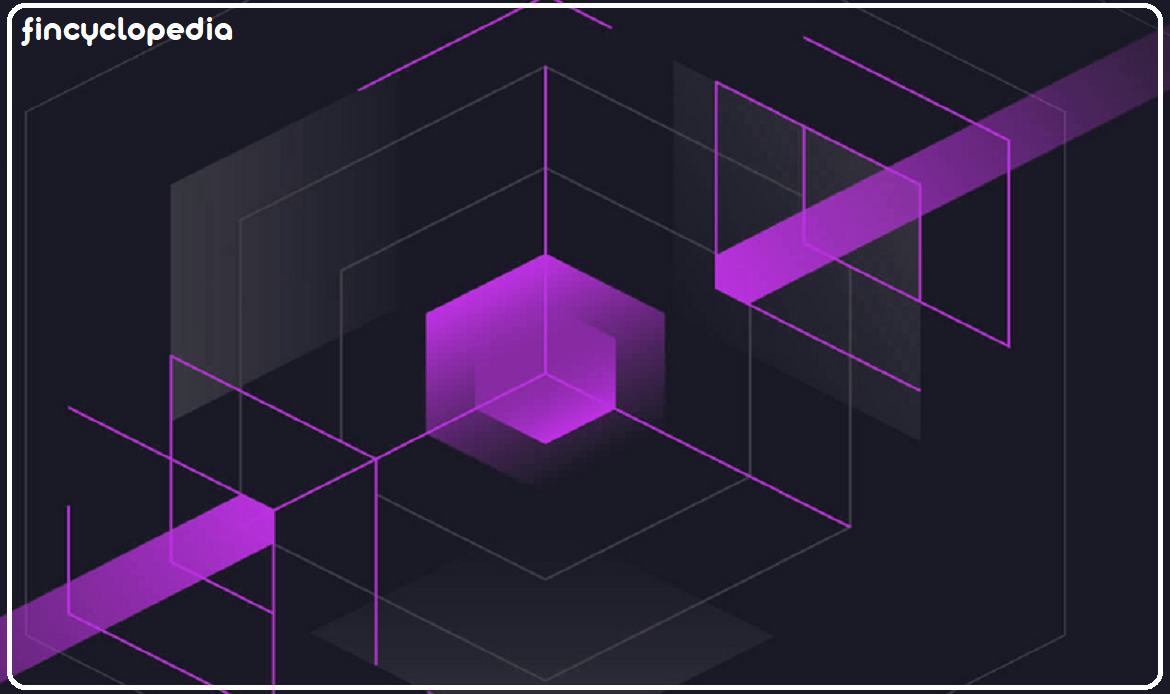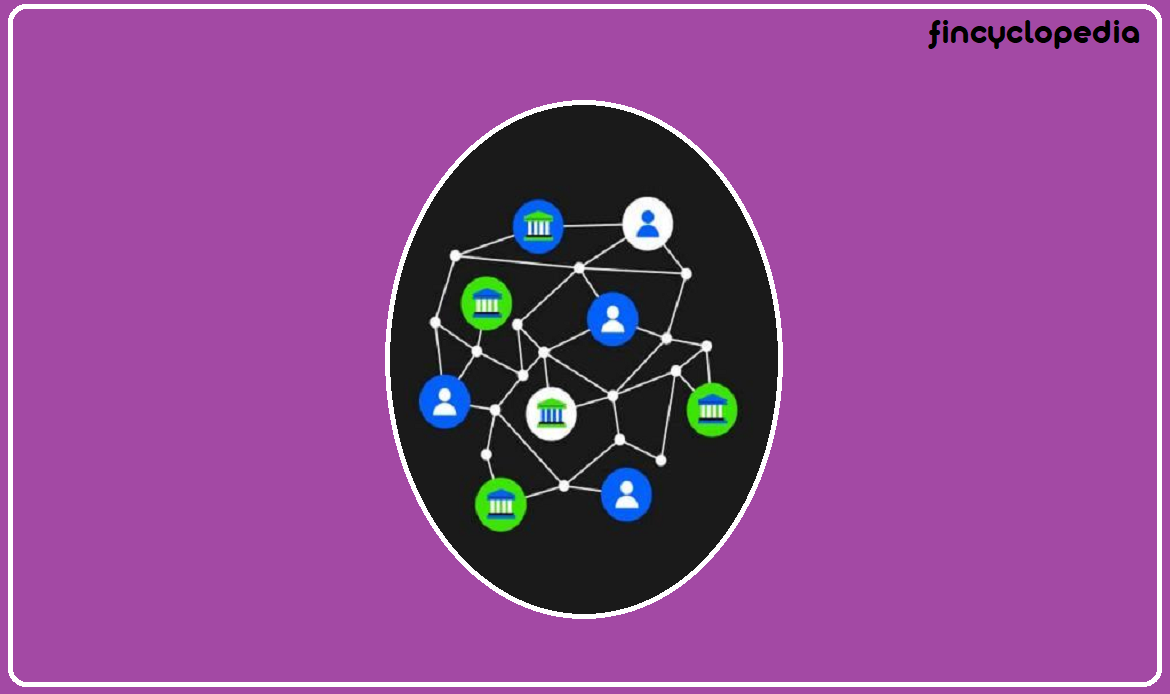
Litecoin
Litecoin is a cryptocurrency (abbreviation: LTC; sign: Ł) that was created as a fork (so to speak, not literally) of the Bitcoin Core client. It was launched by Charlie Lee (a former Google engineer) in October 2011 with the aim to supplement Bitcoin and solve certain problems pertaining to Bitcoin at the time. Belonging to the category of transaction coins (transaction platform), it is meant to provide for lower transaction times, reduced transaction costs, and higher coin base (number of coins that can be issued- estimated as four times the number of coins). A few years after debut, Litecoin launched LitePay, a payment processor that allows consumers to pay for goods using a debit card holding Litecoin brand. Therefore, Litecoin was accepted in payment in any shop where Visa is accepted.
Litecoin was designed, as a derivative of the Bitcoin network, to enable instant payments and receipts virtually anywhere in the world. The coins can be efficiently mined with consumer-grade hardware. Given its history and origination, Litecoin is perceived to be as silver to Bitcoin’s coin. By design, it is a decentralized peer-to-peer cryptocurrency and open-source software project developed and launched under the MIT/X11 license. In addition to its main features: speed, scalability, and centralization, Litecoin is characterized by great scalability, a decentralized mining process, strong security, and focus on privacy.
Litecoin supply
Litecoin was released subject to a maximum supply of 84 million LTC, which means the amount of new LTC being issued to the market is decreasingly lower over time. Limited supply implies that the value of Litecoin tends to rise as fewer new coins are issued. Maximum supply of coins in circulation represents four times the maximum supply of Bitcoin. At the time of writing, about 90% of Litecoin’s total supply has been mined. The circulating supply exceeds 75 million coins (January 2025). Halving events for Litecoin take place almost every 840,000 blocks, a frequency of roughly every four years. These events result in the mining rewards being halved, implying a decreasing rate at which new Litecoins are mined and released. Halving aims to control loss in value and add a cap on its supply in the market potentially placing a mechanism to maintain its market value in an upward direction. The last halving was carried out in 2023, reducing the mining reward from 12.5 LTC to 6.25 LTC per block.







